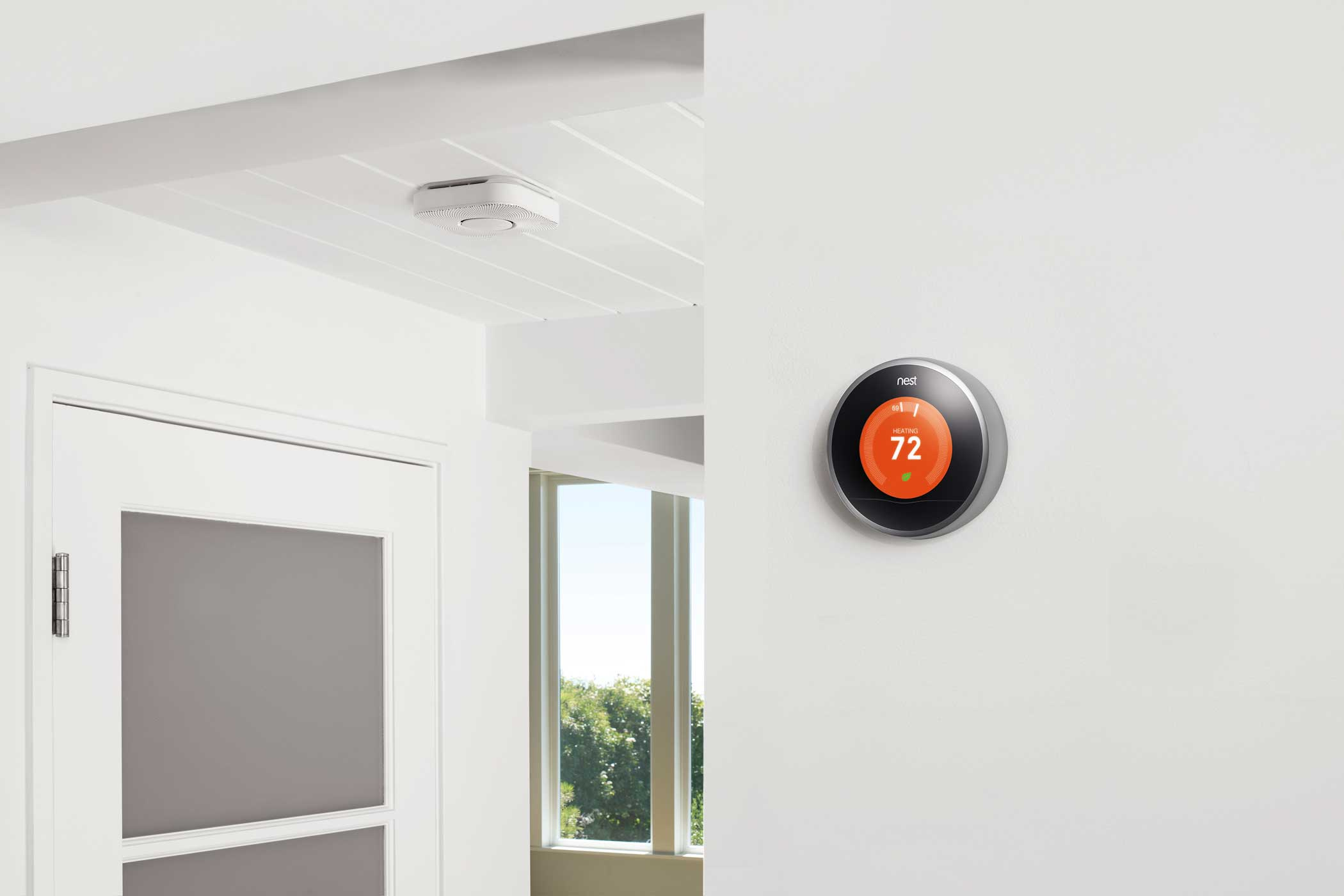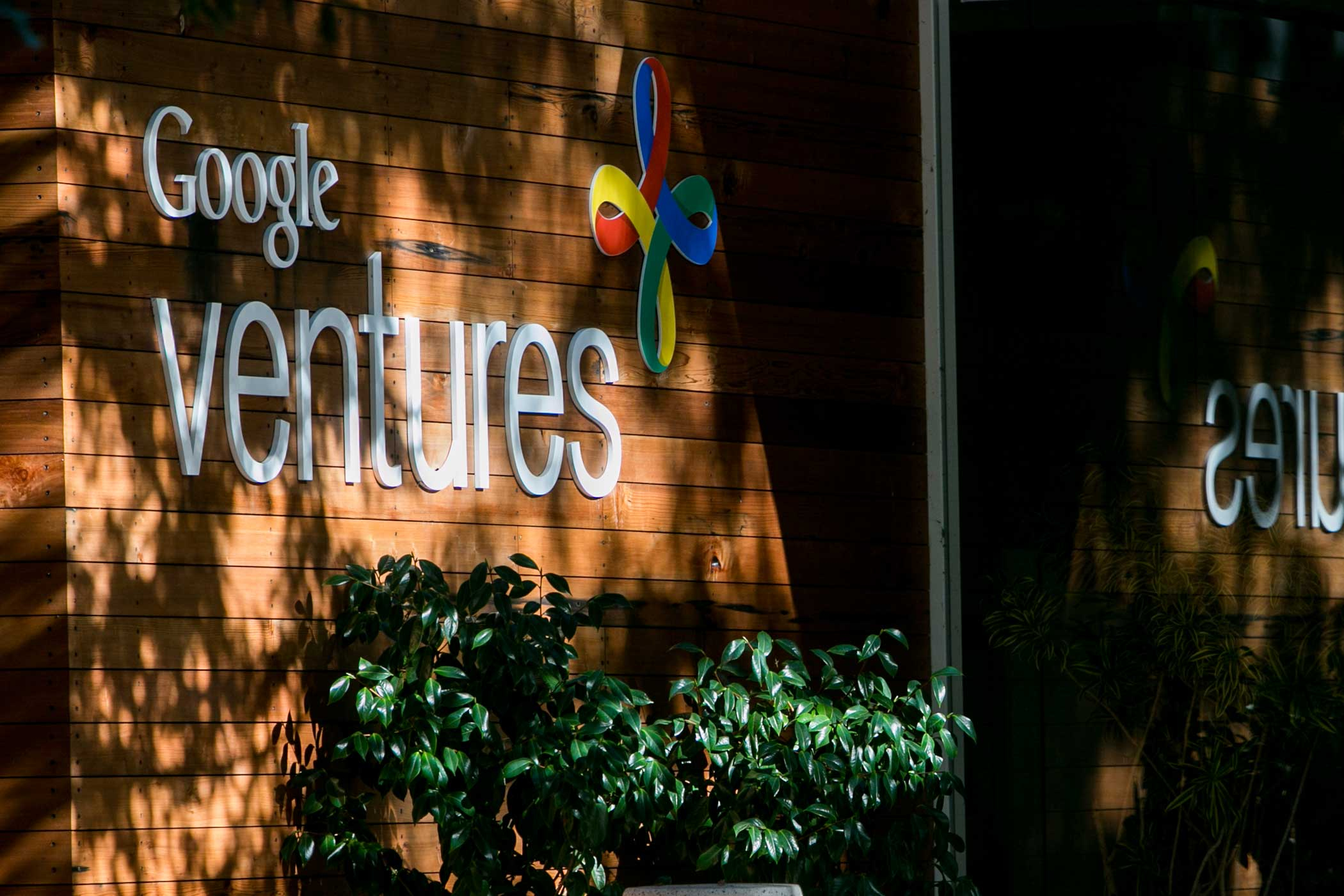
Google and Uber may soon find themselves competing in the self-driving taxi business.
Google is planning to make its autonomous vehicles unit a standalone business within Alphabet Inc. next year, reports Bloomberg. This new company would offer an on-demand car service similar to Uber, which is also researching self-driving car technology.
This new Alphabet company would first deploy driverless cars in places like college campuses, military bases, or corporate parks before rolling out to open roads. The car service could launch in areas such as San Francisco, Calif. and Austin, Texas first, Bloomberg reports. Google’s autonomous vehicles have already logged more than one million miles on public streets in those regions.
This isn’t the first time we’ve heard of such an initiative. In February, Bloomberg also reported that Google had been plotting its own car hailing service to rival Uber. But this is the first indication that Google may be planning to break its self-driving car team out of its Google X research division and into its own business. It also provides some perspective as to how Google may be planning to make money from the self-driving cars it’s been working on since 2009.
The report comes after Google announced a major shakeup in its business structure, wherein a new parent company called Alphabet oversees a collection of companies. The companies under the Alphabet umbrella include Google, Nest, Google X, Google Ventures, and its Life Sciences division, which is now known as Verily, among others.
Alphabet Chairman Eric Schmidt said in October that there will likely be many more subsidiaries to come. “After 26, we’re probably going to transcendental numbers,” said Schmidt when speaking at the Virtuous Circle conference. “You think I’m kidding? I’ve been meeting with the current CEOs of the Alphabet companies and the proposed ones. So you’ll see a lot coming.”
Uber CEO Travis Kalanick, meanwhile, has been vocal about his company’s interest in self-driving cars. Uber gave $5.5 million to Carnegie Mellon in September to support its robotics division after poaching 40 of its engineers earlier this year.
The Businesses That Make Up Google’s New Umbrella Company, Alphabet







More Must-Reads from TIME
- Cybersecurity Experts Are Sounding the Alarm on DOGE
- Meet the 2025 Women of the Year
- The Harsh Truth About Disability Inclusion
- Why Do More Young Adults Have Cancer?
- Colman Domingo Leads With Radical Love
- How to Get Better at Doing Things Alone
- Michelle Zauner Stares Down the Darkness
Contact us at letters@time.com